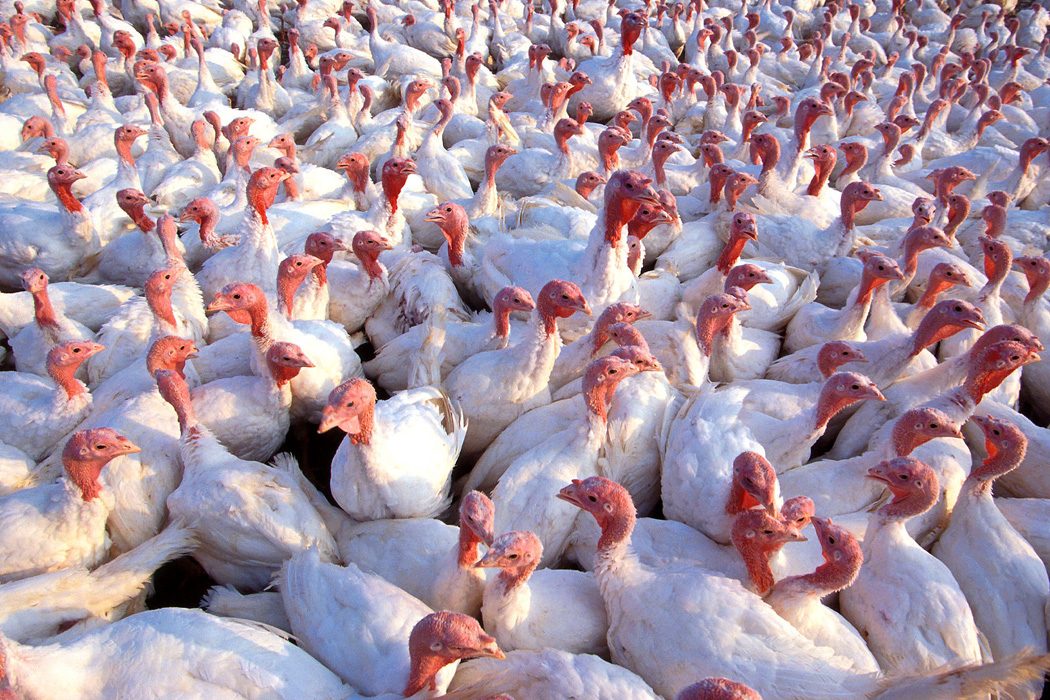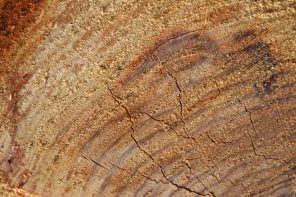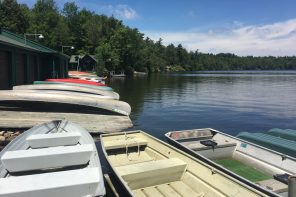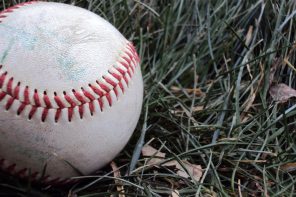Editor’s note: A portion of this essay was originally published in Geez Magazine, issue 17. It is currently part two of a three-part series, and you can read part one here.
Capitalism is the astounding belief that the most wickedest of men will do the most wickedest of things for the greatest good of everyone.
John Maynard Keynes
Not only were the older barns cold in the heart of winter, they were full of dust. On a day like this when the temperature dipped below -20º C the automatic fans would come on only occasionally and the cloud raised by the two thousand turkey hens hung in the air continually. The manure produced ammonia which stung our eyes and burned our throats. We put on our dust masks, set up the corral with the portable steel poultry gates, and herded the turkeys into place. A number of the birds had eye infections from the dust and their sockets had swelled to the size of small grapes until they could no longer see. These birds we did not collect with the others as they could not find the nests to lay their eggs anyway.
Darryl and I surveyed the 400 or so turkeys in the section we needed to inseminate, then bent over and prepared to begin catching. A turkey next to me snapped curiously at a tiny feather floating in the air. Phil collected a handful of thin plastic tubes from a box he had set on a nearby fan housing, then stood between us, one end of a narrow rubber hose attached to a tube inserted in his dust mask. His right hand held the other end of the two-foot-long hose, already fitted with one of the semen-loaded tips. His other hand held another forty or so tubes which were beginning to leak slowly onto his fingers.
I snagged the nearest turkey by the legs and hoisted it between my knees, pushed down on the turkey’s rump with my left hand, squeezing its torso with my knees and exposing the vulva. Phil inserted the tube, angled slightly to the right, and blew into the hose, expelling its delivery of semen, then transferred the used tube to the pocket of his overalls, inserted a fresh tube and turned to face Darryl, just cracking his first bird as I let mine go behind me. We worked quickly, Phil turning from one of us to the other as fast as he could load the end of the hose, and the turkeys we finished wandered off, blinking their eyes against the dust and shaking their heads at the indignity of it all, ready to deposit another week’s worth of fertilized eggs in the long row of nests.
We were working on the selection crew at a research and pedigree breeding facility for one of the largest commercial turkey companies in the world. The birds we worked with formed the genetic basis for nearly a third of the commercial turkeys sold worldwide. In addition to artificial insemination, our jobs consisted largely of gathering and entering data on the thousands of birds in the company’s breeding program so the geneticists in the lab could make decisions about which individual birds to keep and which to cull from the program.
Every turkey chick arrived from the hatchery with a tiny metal bar code stapled through its wing, and these bar codes formed the basis of much of our work. A typical day involved hours of catching birds, handing them to one of our crew standing on a scale, scanning the bar code, and calling out the weights to another crew member entering the information on a laptop. We also scored the birds on leg structure and breast conformation.
The company’s motto was “breeding for profit” and I spent a little over a year finding out what that meant. As anyone who has ever sat down to the traditional Thanksgiving butterball will know, the most substantial part of the popular commercial turkey is the white breast meat. Over the years, intense breeding selection has developed a turkey with such a large volume of breast meat that the animals are no longer able to breed naturally, for the simple reason that the tom can no longer reach his mate in intercourse. The semen we were using on the hens had been collected by hand from the toms in another barn earlier in the day, and we had filled each of the plastic tubes with a tiny squirt from a syringe.
When I dropped the last hen in the section where we were working we dismantled our corral, stacked the gates against the wall, and retreated to the shower room. Each of the ten barns at this facility was equipped with a shower and change area for bio-security reasons. When I arrived at work in the morning I had to shower and leave my street clothes in a locker in the office building. I would then put on my “outside” overalls and boots, and take another set of overalls and towels with me in a plastic garbage bag to the first barn in which we were scheduled to work. Arriving at that barn, I would take off my “outside” overalls and boots, shower again, and put on the “inside” overalls and a pair of boots already in the barn. When I left the barn I would shower again, deliver the used “inside” overalls to the laundry, and if I had to go into another barn, pick up another set of overalls and shower again. When I left the farm at the end of the day I showered. Taking ten showers over the course of the day was not unusual.
The need for all of these precautions tied back into the company’s motto. When you make such one-sided selections in a gene pool, what you gain in that area you give up in another. The commercial turkey’s prodigious gains in white meat have come at the expense of its immune system and general livability. The birds we worked with were very susceptible to infection. In addition to the precautions I have mentioned, the company had obtained an injunction from the municipality prohibiting manure from other poultry farms from being transported along the road adjacent to the facility, in case the breeze was blowing towards the barns. If a sparrow happened to find its way into a barn through an air inlet, the entire flock might have to be destroyed. At another of the facilities where I occasionally worked the management had gone so far as to cut down every tree on the hundred-acre property and distribute poisoned bird seed.
I began reading Wendell Berry seriously around this time. Berry helped me understand that there is an intimate relationship between the health of our world and the way we as a culture make our living, both metaphorically in the sense of earning money, and literally in the ways we produce our food. I might have understood this in an academic sense, but I had never experienced it as personally as I did that year in the casually brutal violence that was my daily bread, and in the anger and frustration of my colleagues who often felt trapped in the only work they were good at.
This understanding was not a road-to-Emmaus conversion experience, but rather a steady drip of insights that began to highlight the disconnect between the values I was reading about and those I was enacting in my work. The more I read, the more I recognized around me the symptoms of “the desperation that naturally and logically accompanies gluttony,” as Berry writes in his book Home Economics.
I realize now, looking back, that what I experienced in that job was the money code of value pursued to its logical end. Industrial agriculture is a textbook example of what the philosopher John McMurtry describes as a “life-blind” model. As I discussed last week, McMurtry makes a distinction between the “life code” and the “money code” of value. It is not only that the money code of value refuses to account for externalized costs like pollution and biodiversity loss, but its very existence is dependent upon ignoring the connection between the cause and effect of the way it operates.
McMurtry published an article in the June 2007 issue of New Internationalist titled “Myths of the Global Market,” in which he writes
The global market is driven by private capital—money which competitively seeks to maximize returns to its owners… Money grows by consuming human and natural resources as part of its feeding cycle. So the “life capital” of society is eroded as private capital accumulates… every form of human, natural and social capital is sacrificed to the growth of money-capital—concentrated in the possession of about 2% of the population… It is a system of predatory waste.
The proponents of the unregulated global market would have us sacrifice the “livability” of our lives, our society, and our planet on the altar of private capital, and receive in return lower wages, less security, and poorer health. To acquiesce to this system is a form of what McMurtry refers to as “cultural insanity.”
There are alternatives to the money code of value. Some of them are very old, some of them are emerging. Next week I will outline some aspects of what has been described as “bottom-up globalization” as a form of resistance to the “top-down” variety. We must and will create a viable alternative to the global market economy. We are, after all, smarter than turkeys, and no amount of showering will protect us if we fail to do so.




